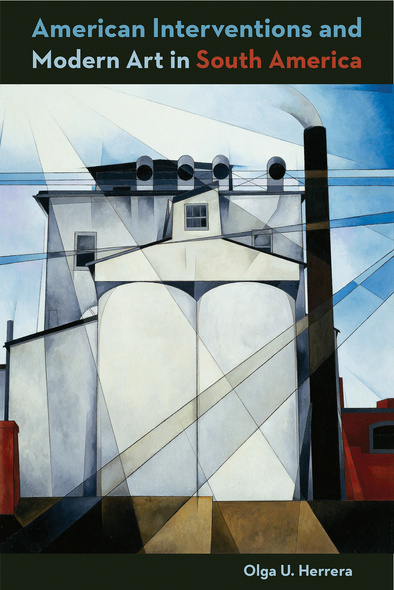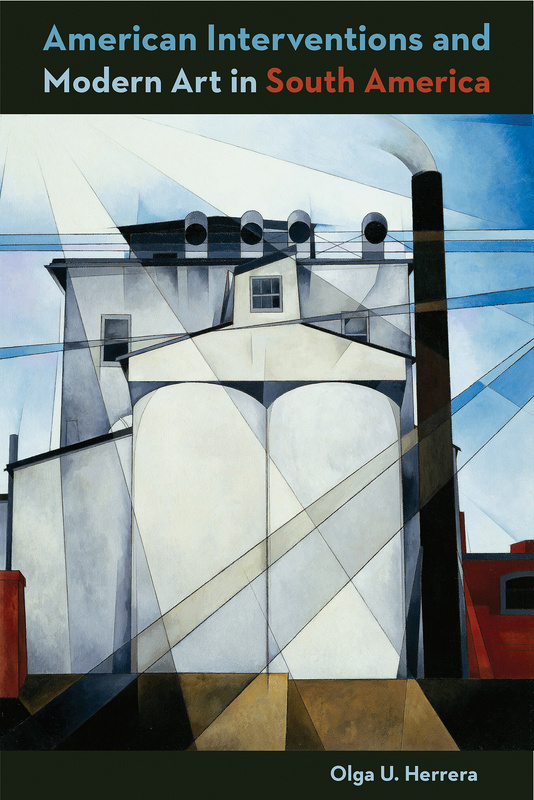
American Intervention and Modern Art in South America
SECAC Award for Excellence in Scholarly Research and Publication In this volume, Olga Herrera tells the story of how the United States used modern art as a cultural defense strategy in South America during World War II. Organized by figures such as Nelson A. Rockefeller, John Hay Whitney, and Lincoln Kirstein as part of Franklin Delano Roosevelt’s war preparedness program, the Art Section of the Office of the Coordinator of Inter-American Affairs (CI-AA) linked art and national security. In the process, modern art came to symbolize American values of social progress, peace, and democracy. The Art Section, a crucial yet rarely acknowledged arm of the CI-AA—a temporary wartime agency—supported traveling exhibitions of American paintings, furniture, and poster design competitions for artists across the Western Hemisphere, as well as widespread distribution of films with South American themes and circulation of Latin American art within the United States. These exchanges of art and ideas were meant to counter negative views of U.S. culture spread by Nazi and totalitarian sympathizers. Modern art became a tool to visually project U.S. culture and was used to unify the hemisphere against Axis influence in a cultural battlefield. Herrera illustrates how the program was an unprecedented public-private model of support for the arts, a driving force in the emergence of a Latin American art market in the United States, and a foundation for global art networks still in place today. A volume in the series Latin American and Caribbean Arts and Culture, funded by the Andrew W. Mellon Foundation
Meticulously researched. . . . Documents how modern art from South America became visible in the U.S. and its art collections and museums. . . . Highly recommended.’—Choice
A comprehensive study about how and why U.S. agencies and institutions launched programs involving Latin American visual art, cinema, design, graphic art, and crafts during the World War II era. Herrera demonstrates how these interventions shaped future presentations of Latin American art in the United States, as well as broad currents of U.S.-based international exchange in the visual arts, for decades to come.'—Claire F. Fox, author of Making Art Panamerican: Cultural Policy and the Cold War
An important work that offers a compelling narrative charting the deployment of art within the framework of U.S. and South American relations during an intense historical moment whose aftereffects reverberate to this day.'—Alejandro Anreus, author of Luis Cruz Azaceta
Olga U. Herrera is director of the Washington, D.C., office of the Inter-University Program for Latino Research at the University of Illinois at Chicago. She is the author of Toward the Preservation of a Heritage: Latin American and Latino Art in the Midwestern United States.




